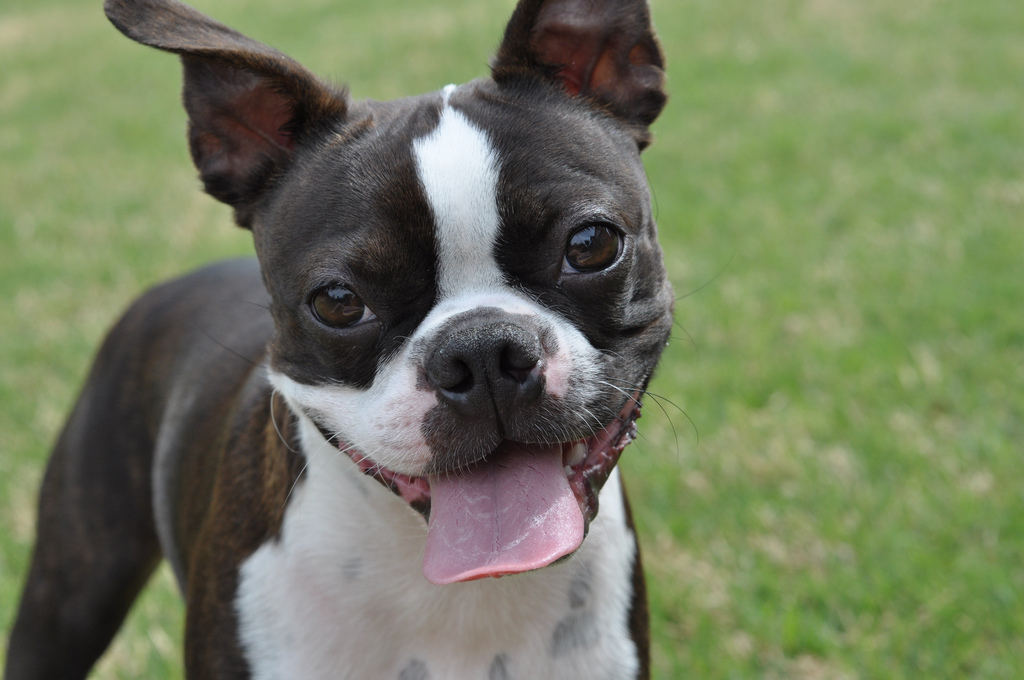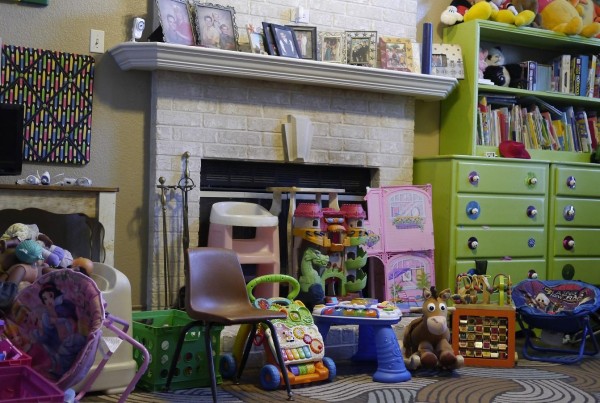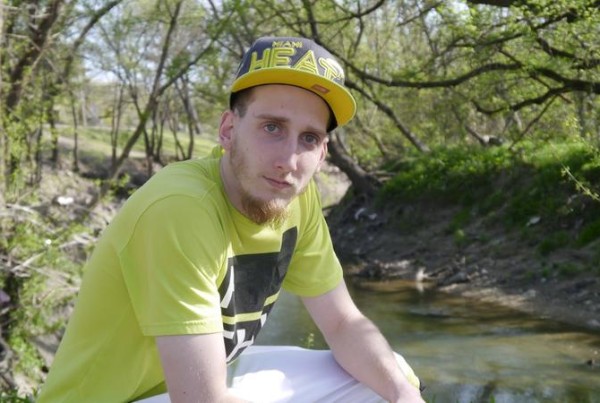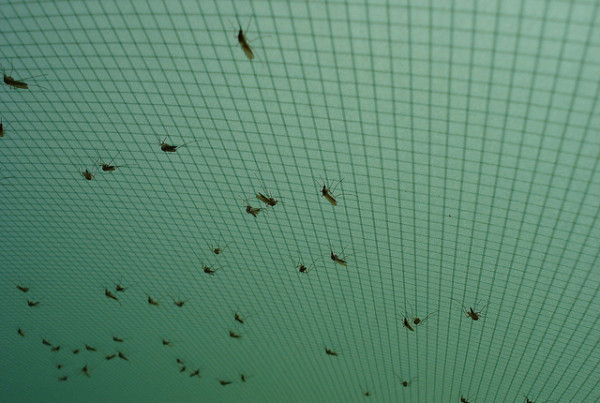If you go to the Stevenson Companion Animal Life Care Center at Texas A&M, you’ll be greeted by a posse of dogs. Their queen bee, a 10 year old Boston Terrier named Patty. She has short little legs and an irresistibly smooshed face. She was running in circles around my legs.
I could tell Patty had something to tell me about her pet retirement, but I needed an interpreter, vet technician Janet Broadhead:
“Well she didn’t have much say so in the matter and she really liked her daddy because he took her everywhere it seems like especially drive thrus and only fed her people food so when she came here she didn’t really like it too much because she had to eat dog food and she had different handlers,” Broadhead says. “And then as time went on she’s learned to really like it and adjust to all the different people and the routine just like everyone else, I think she’d really say she really likes it now.”
The Stevenson Center runs on kibble and routine – you have to have a strict schedule to take care of the 34 animals at the center: dogs, cats and even a llama. Assistant Director Ellie Greenbaum says was started by Dr. Ned Ellet in 1993.
“He was the head of the small animal clinic here at the college of veterinary medicine for many years and he wanted someplace for people who didn’t’ have family of friends that could or would care for their pets,” Greenbaum says. “He wanted to create a home-like environment where they could send their pets and it would benefit the pets and the college of veterinary medicine.”
To enroll Patty in the program, her owner left her an endowment of at least 50 thousand dollars. Unlike a shelter that would try to get her adopted, Patty will stay at this sanctuary for the rest of her life, being cared for by people like Lauren Schwerdfeger.
“Patty is a hoot, she definitely has some character,” she says.
When the 9-to-5 staff goes home,Schwerdfeger and three other veterinary students take turns giving the animals food and medicine. In exchange for taking care of the more than two dozen pets, she gets free housing at the center and a scholarship, not to mention some valuable practice.
“There are so many things that go on here in the center that I’ll be sitting in class one day, for example this past year we were touching in physiology about diabetes and cushings and immediately my mind went to specific dogs that we have here that I know have these conditions,”Schwerdfeger says. “And immediately I’m starting to think, oh that makes sense, I’ve seen them, they do drink more than the other dogs, oh they do, this is the medication they’re on, that makes sense, you know, physiologically, why that would be working like that.”
All the animals here have one thing in common: they were absolutely adored by their humans. And the pets clearly loved their humans back. Greenbaum explains they go through a little grieving period when they first come to stay, but it always turns out okay.
“These animals have all come to live in a place where they’re still loved and well cared for and it’s what their owners wanted. So it’s a happy story,” Greenbaum says.
Right now there are more than 500 animals enrolled to enter the center in the future.















